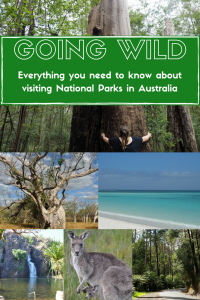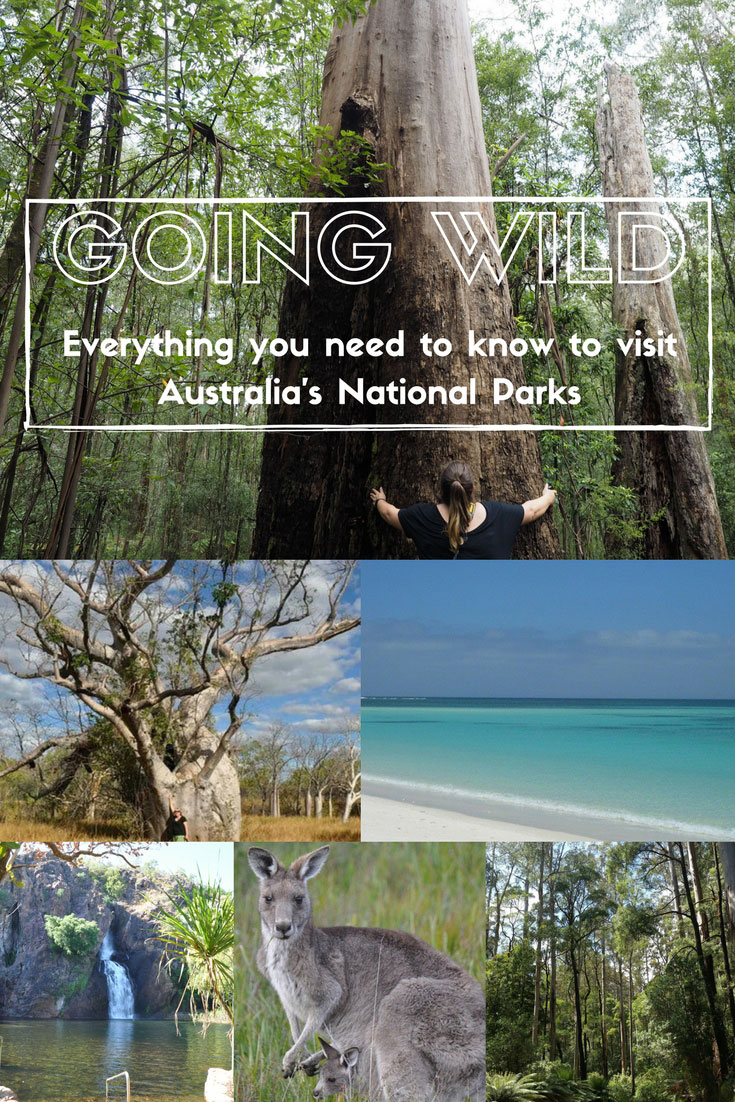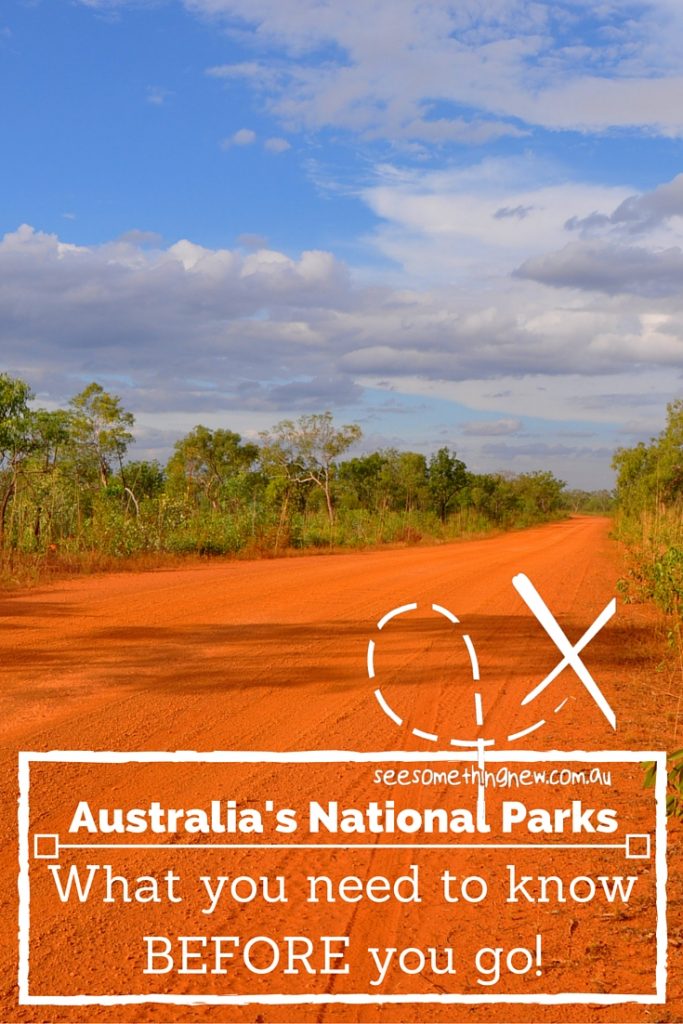Visiting Australia’s National Parks: How & When
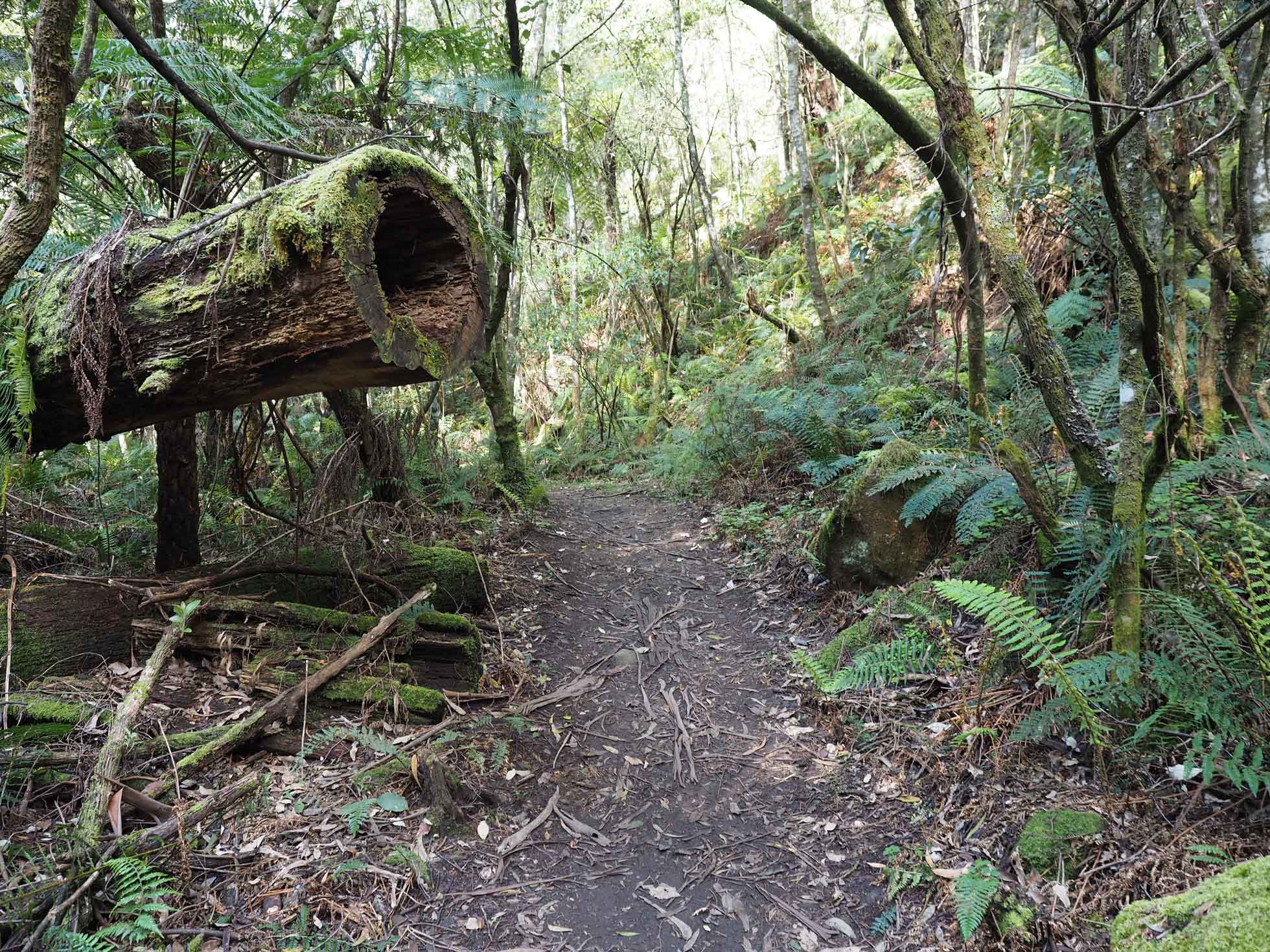
IMPORTANT INFORMATION Always check up to date government safety information before visiting parks and remote areas. This blog is reader supported- I may make a commission if you purchase from links – Privacy Policy.
If your planning a holiday to Australia and crazily pinning images of our many beautiful natural places there are a few must knows about our National Parks that will make your visit a bit easier!
Short on time? Save this article to pinterest to refer to later!
Firstly, apart from a small collection of parks managed by the federal government, in Australia our ‘National Parks’ are generally managed by our states! Which sadly means there is no magical Australian National Parks Pass that allows you visit them all, rather you will need to purchase state specific ones or pay individually when entering. The links to each state website are included further down in the article.
Not all Parks have fees to visit or camp, it depends entirely on the state and the type of park you are visiting. You can still just show up to visit most parks in Australia (and I do so often) and if its not free there will either be a manned entrance station or honesty box (where you place entrance/camp fees into a collection box). If you have access to internet, its a great idea to check the requirements online before you go to avoid disappointment as there are some parks (especially remote ones) you MUST get a pass for before you go.
Parks Passes
Many parks departments allow you to purchase a ‘National Parks Pass’ for all the parks in that State. Passes are generally for entrance to the park only, with camping an additional expense, but some states have an an additional option to add camping. Consider if a pass is the cheapest option for you, generally if you are only staying a few nights in the state it will probably be cheaper to just pay as you go. However if you are on a longer trip, or doing ‘the Big Lap’ around Australia, passes are fantastic value for money.
Be sure to get the pass that suits your needs so you don’t get caught out. While having the power to fine you, Park Rangers just want to look after our spectacular parks and share their inside knowledge with you, they don’t enjoy playing cop ( I know, I used to be one) so make their life easier and follow the camping and park rules.
Camping
Our Parks range from deserted outback wilderness areas to huge international tourist destinations and local favourites that are so busy in school holidays the privilege to camp there is balloted 6 months before hand. You will encounter everything from spectacular beach front first come first served sites to gorgeous river front bush sites only available if you book online so check before you go to avoid disappointment on arrival and plan camping ahead in peak season where possible!!
There are different types of camp sites and levels of facilities. Some sites, particularly in popular areas are fully equipped with toilets, hot or cold showers, BBQ area/basic camp kitchens, boat ramps, fish cleaning stations and even occasionally a small cafe or shop. Walk-in and remote area camp sites may have no facilities at all, where you are required to carry your rubbish and human waste out with you or may have a basic facility like a drop toilet.
Some states now take campsite bookings online only so check before you go and make sure you take a print out.
Hot Tip: Very occasionally some balloted parks save a few sites for international visitors to camp for one night, even in peak season and occasionally people don’t show up, so there’s no harm in ringing or checking on arrival. I have managed to get campsites on busy long weekends before because people who booked a week went home early.
Types of Parks and National Park Activities
Each state has different parks for different purposes. Generally the ‘National Parks’ and ‘Marine National Parks’ in each state have stricter rules as they usually have a high conservation value to gain this level of protection. Sometimes there are also State Parks with similar rules. The parks website and signage will generally tell you what activities are permitted in that park.
The level of conservation protection, while named differently in each state usually looks approximately like this:
| Highest Level of Protection | Wilderness Area/Zone |
| National Park/Marine National Park | |
| State Park/Regional Park/Marine Sanctuary | |
| Lower Level of Protection | State Forests |
| City Parks |
National Parks are usually open for low impact recreation such as hiking, swimming and bird watching and there will be rules to help minimise impact on the environment such as camping only in designated areas, limited or no fishing in marine areas, limited mountain bike access on walking tracks and seasonal 4WD track closure.
State Forests will generally have lower conservation value (they are often reserved for forestry or similar) and often allow camping in more areas, dirt bikes, horses, dogs and other recreational activities with a higher impact. Firearms are generally not permitted in any park or reserve except for designated game parks depending on the state.
Check before you go and make a decision based on the type of experience you are looking for. If you are planning a trip for a particular activity such as fishing or riding dirt bikes its important to check before you go to find a park which permits your activity.
Its fair to assume that when visiting state forests, especially closer to cities or towns on the weekend, there’s a possibility of noise during the day such as dirt-bikes and at night from music and people around camp-fires however this is the perfect option for a big group trip. Sometimes though, you may be able to have a quieter experience as you can choose your own camp away from others while in a National Park, you are restricted to designated camp areas.
If you are looking for a peaceful wilderness experience aim for a walk in site in a National Park, they will always be less busy and quieter than those you can access by car. In Australia, you will often have walk in camp-sites to yourself or share them with a few other like minded people.
Accessing and getting to National Parks
Some national parks are vary accessible while others require experienced 4WD skills.
Make sure you have the right type of vehicle for accessing the National Park you are visiting. In some areas close to cities or popular destinations you may be able to catch a local bus or organise transfers with a tour company or greyhound. Most National Parks websites provide local information on the different options on ‘How to get there’. For other parks, an organised tour or your own vehicle will be the only way to access them.
Some parks will be 4WD only, this may mean everything from a sealed gravel track that a 2WD can access to remote terrain that only 4WD can access. Check the ‘type’ of 4WD track it is and call the parks office if you are unsure. Some gravel tracks can be driven on easily with 2wd however from a safety perspective this is not recommended and remember that you are more likely to become stuck and stranded in a potentially dangerous situation if you don’t have the recommended vehicle. You may not be able to access some or all parts of a National Park without a 4WD, particularly if there is water crossings, ruts or sandy roads.
Organised small group tours are a really great way to safely visit remote areas of Australia. If you are not experienced in 4WD operation or you are travelling solo, they are the best option for you to see the spectacular remote areas of Australia. Tag along 4WD tours are another fantastic option, where you drive your own or a hired vehicle behind a lead vehicle. A small group tour will generally be a cheaper option than doing a tag along tour with a hire 4WD however the experience will be different so choose what suits you!
Many areas of National Parks may only be open to walkers, even if there is a management vehicle track there. If you have a particular destination in mind, confirm that it is accessible with your vehicle or fitness levels.
Coastal Parks may also be accessible by boat and allow you to anchor over night. You will need to organise your own access to Island National Parks and depending on where you are going they may be accessible by commercial boats and planes or only by private charter. For instance some of the Queensland Islands are accessible on large commercial flights and boats while others require you to book onto a private charter or in the case of some uninhabited islands, you might need to organise local transfers through the visitor information centre.
When to Visit?
Australia is a vast continent and weather conditions vary dramatically within each state and by season so be mindful of this when planning a visit.
If you have really special places you would like to visit and want to maximise your chances of good weather, book your holiday around the weather in this place. It is more important to have weather that is appropriate and safe for the National Parks you are visiting than than the cities – you can do indoor activities in most cities but many Australian National Parks will be completely closed if you visit at the wrong time of year. To choose the right time of year you can check tourism and park agency websites but you can also confirm the weather by checking the average maximum and minimum temperatures and rainfall in the area you are planning to visit. If your activity is wind dependent, you will also want to check this.
The best source of detailed weather and climate information is The Australian Government Bureau of Meteorology however there are other commercial websites that summarise this information in a more user friendly format for basic weather such as Weatherzone.
In many parts of Australia you can visit any time of year as long as you have the right experience and gear for more extreme weather conditions (very hot or cold weather, rain and even snow) however as a general rule of thumb, the best times to visit are highlighted below (these are a guide only, always check weather conditions before travelling to any park, especially in remote and alpine areas):
North Australia – Including the Kimberley, North Queensland and the top of the Northern Territory
Visit during the ‘Dry Season which runs from approximately May to September. This is the coolest and most dry time of year to visit. Day temperatures can still reach above 30 degree celcius so prepare for hot weather. Evenings will often still just require pants and a light jumper however when in remote areas always be prepared for extreme hot and cold weather conditions (have warm clothes and emergency water with you and your vehicle).
Some roads may still be closed in May and river crossings can be high but you will see spectacular waterfalls. By September it will be starting to warm up and some waterfalls may be drying up.
June-Aug will be the busiest tourist time, with tourists and grey nomads in caravans (retires who have the fabulous lifestyle choice of chasing the sun) escaping the southern winter.
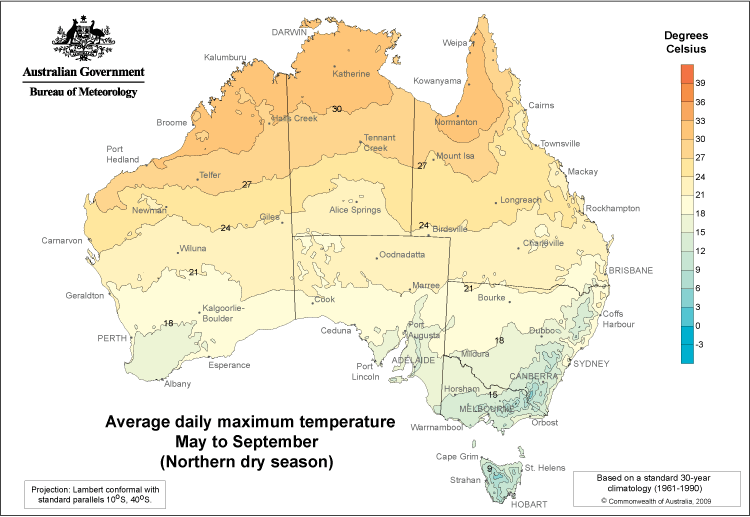
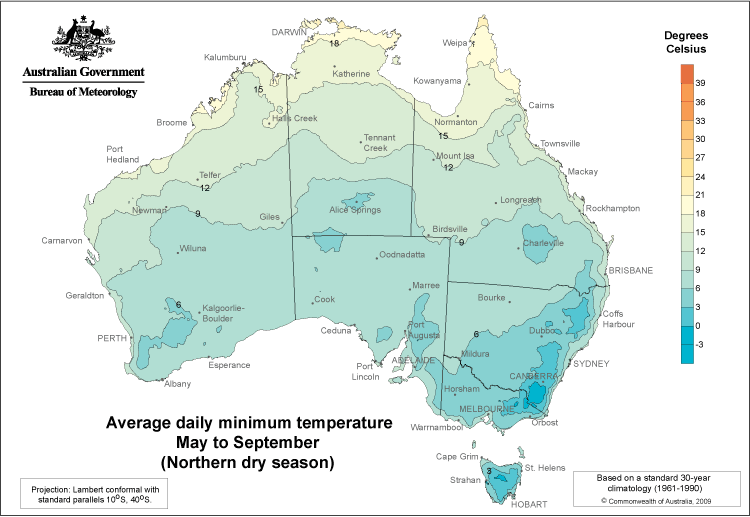

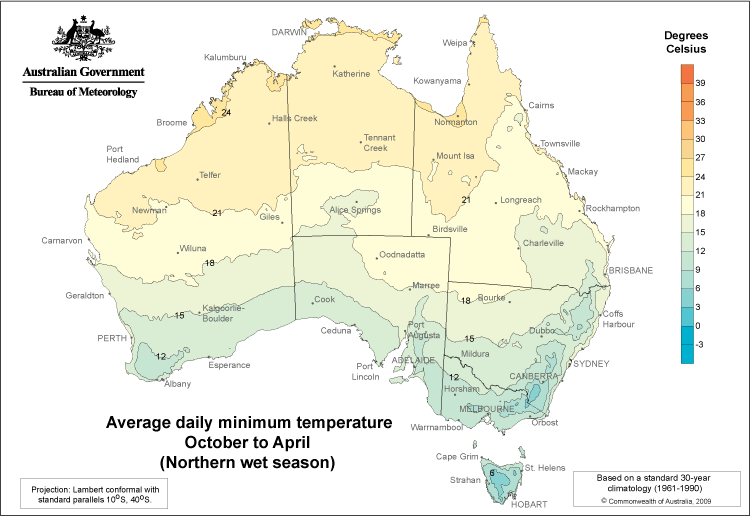
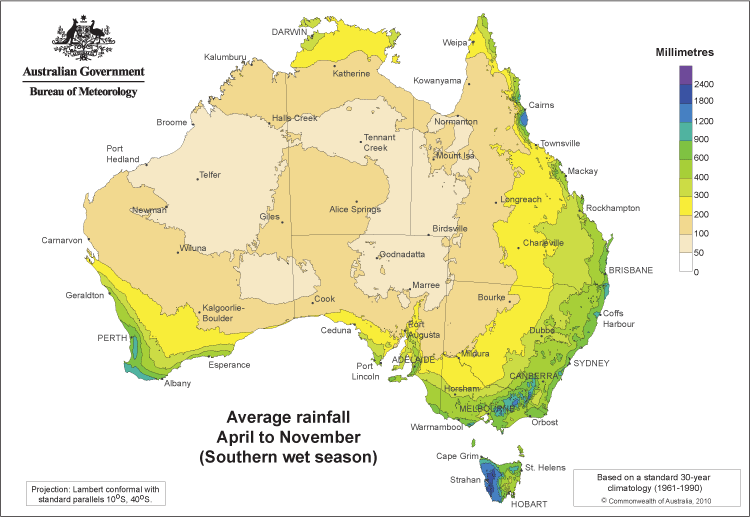

The Middle of Australia – Including Central Australia and Central East and West Coast
Visit in Winter (June-August) or Spring (September – November) for optimal weather. The areas are generally accessible outside of these times however as it is subtropical in some coastal parts, if you visit at other times of the year be prepared for higher rainfall and/or humid temperatures (you can luck on perfect weather or monsoonal conditions!) and summer in Central Australia is scorching hot with extreme unsafe temperatures in excess of 40c.
Central Australia – Winter offers the lowest likelood of rain and comfortable daytime temperatures (average around 20c) but prepare for freezing conditions at night. Spring offers warmer weather but daytime temperatures towards the late end of spring are often too hot to safely do outdoor activities.
Central East Coast – Winter has a lower chance of rain but spring has much warmer day time temperature averages
Central West Coast – Spring has the lowest chance or rain but warmer temperatures than what may be comfortable for some.
Australians generally holiday to central Australia in winter and the coastal areas on weekends at anytime of the year. All school holidays, including Summer, will be very busy in National parks on the majority of the East and West Coast, while some parts of the west coast are a bit more remote and quiet than those on the east.

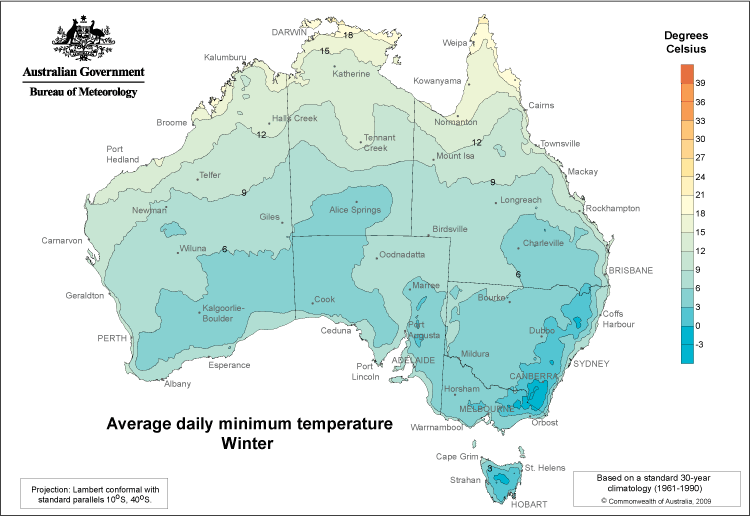

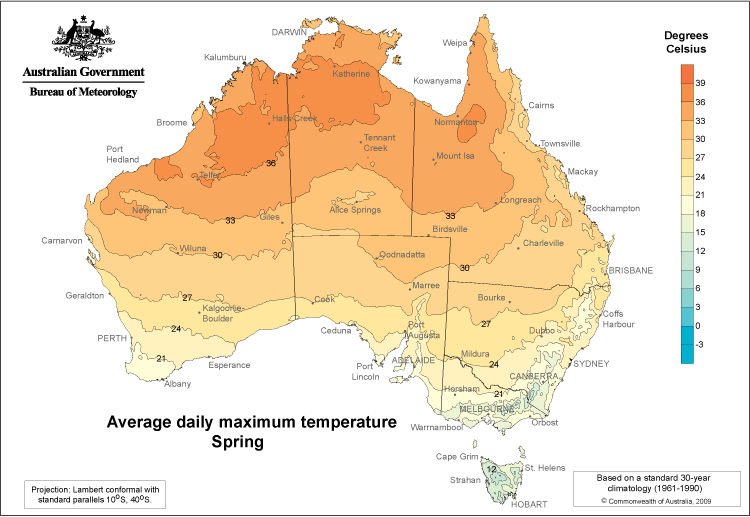

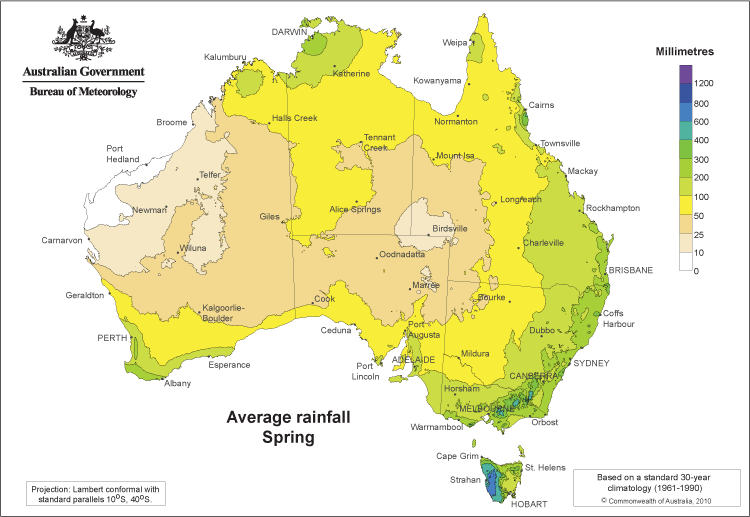
Southern Australia
Including ( Southern Victoria, Tasmania, South-Eastern South Australia, Southern New South Wales and Southern WA
Visit in Summer or very early Autumn for the lowest chance of rain and the warmest days for the beach and water activities. If you visit outside of this time you may find your Australian holiday is not the sunny warm trip you envisaged.
The average temperatures are in the mid 20’s but heat waves can be up to 40c for many days in a row or may be well below this average.
Spring and Autumn may offer more comfortable temperatures for hiking or people that don’t like warm weather but prepare for cooler and wetter weather
It can sometimes snow in parts of Tasmania in summer and be freezing cold in the Alpine areas of VIC and NSW so prepare for the possibility. Melbourne is also notorious for having ‘4 seasons in a day’.
Southern Australia’s campgrounds and parks will be most busy during the warmer months and during school holidays however people holiday on the coast all year round on the weekends.
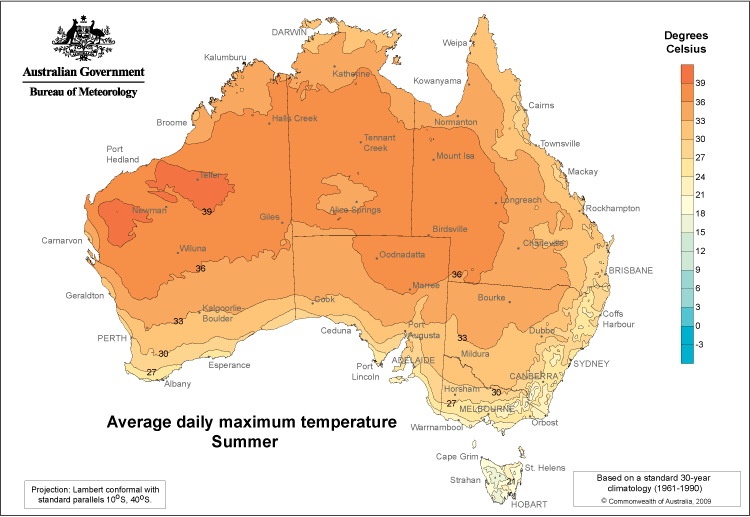


National Park Websites
Here are some useful links to Australia’s various National Park management bodies.
Australia | Parks Australia – includes Kakadu and Uluru
Victoria | Parks Victoria – includes the 12 Apostles, the Grampians and Wilsons Promontory
New South Wales | Parks and Wildlife Service – including the Blue Mountains and Alpine areas such as Thredbo and Perisher
Northern Territory | Parks and Wildlife Commission – including Litchfield and Watarkka (Kings Canyon)
Australian Capital Territory | TAMS – Including Namagji, Tidbinbilla and parts of the Australian Alps
Queensland | National Parks or Queensland Government – Including Fraser Island and the Whitsundays
South Australia | National Parks – Including Flinders Ranges and parts of the Nullarbor (Eyre Peninsula)
Tasmania | Parks and Wildlife Service – Including Cradle Mountain, the Overland Track, Freycinet and World Heritage Sites
Western Australia | Parks and Wildlife – Including Ningaloo Reef, Karijini, Margaret River Region, Cape Le Grand and the soon to be declared Kimberley National Park.
What are your useful tips for visiting Australia’s National Parks?
